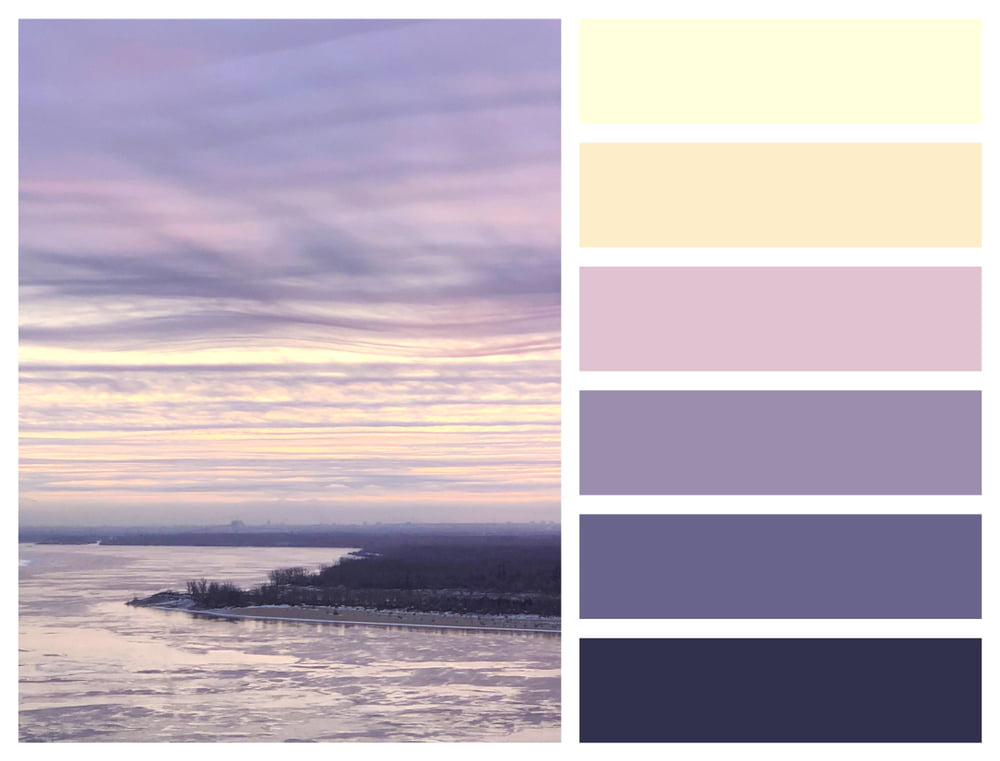Consolidation 1: How to Apply the Color Theory
DIY Projects and Home Decor Challenges
These tasks provide hands-on opportunities to deepen your understanding and apply the principles covered in Lesson 1. Enjoy!

DIY Color Palette Creation (Intermediate Level)
Objective: Apply color theory principles to create a custom color palette for a specific room in your home.
- Instructions:
- Select a room in your home that you wish to redecorate or refresh with a new color palette.
- Review the color wheel, primary and secondary colors, and complementary color relationships covered in Lesson 1.
- Using these principles, create a custom color palette for your chosen room. Consider the emotions and atmosphere you want to evoke.
- Explore different paint swatches or digital color tools to find the exact shades and tones that match your palette.
- Implement your color palette in the chosen room through painting the walls, selecting furniture, or adding decor items.
- Document the transformation with photos and a brief description of how the new colors make you feel.
- Benefits: This exercise allows students to practically apply color theory concepts in a real-life home decor project, fostering a deeper understanding of the subject and enhancing their living space.

Color Mood Board (Beginner Level)
Objective: Create a color mood board to explore the impact of color combinations on mood and well-being.
- Instructions:
- Choose a specific room or area in your home to focus on (e.g., your bedroom, living room, or a study corner).
- Research and select images, color swatches, and decor items that represent different color combinations and moods.
- Create a physical or digital mood board using these materials, arranging them in a way that conveys different atmospheres.
- Label each section of the mood board with the emotions or moods that the colors and elements evoke.
- Reflect on how different color combinations make you feel and the possible impact on your well-being in that specific space.
- Benefits: This exercise is a creative and beginner-friendly way to explore color psychology and self-expression. It helps students understand the emotional impact of color combinations in a low-risk, non-permanent setting.

Color Swap Challenge (Advanced Level)
Objective: Challenge yourself to swap out colors in your home to experience the emotional and well-being effects of color changes.
- Instructions:
- Choose a room or area in your home that you’ll focus on for this challenge.
- Select one or more decor items, such as pillows, curtains, rugs, or wall art, that have a dominant color.
- Research color psychology and color meanings to understand the emotional associations of the color(s) in the chosen decor items.
- Replace the existing decor items with ones of a different dominant color or color combination that conveys a contrasting mood.
- Live with the color swap for at least a week and observe how it affects your mood, feelings, and overall well-being in that space.
- Document your experiences, feelings, and any notable changes in your daily life due to the color swap.
- Benefits: This advanced challenge immerses students in the practical application of color psychology and self-expression. It demonstrates the real impact of color changes on emotions and well-being.
Homework Assignment for Lesson 1: Introduction to Color Theory
Topic: Enhancing Your Living Space with Color
Objective: The goal of this homework assignment is to encourage you to apply the color theory principles to your own living space. This will promote self-expression and well-being through thoughtful color choices. You may want to take notes when completing this assignment, for future reference.
Instructions:
- Reflect on Your Living Space: Begin by reflecting on your current living space, whether it’s a room, an apartment, or an entire house. Consider the colors that are currently in use and how they make you feel. Are there areas that evoke specific emotions or perhaps feel uninspiring? You may want to write a brief description of your living space and your emotional responses to the colors present.
- Identify Areas for Improvement: Next, identify specific areas in your living space where you believe color changes or enhancements could improve your well-being and self-expression. Are there rooms or corners that could benefit from a different color palette? Are there specific emotions or moods you wish to evoke in different areas of your home? You may want to take note of your thoughts on these areas and your intentions for improvement.
- Apply Color Theory Principles: Now, apply the color theory principles you’ve learned in Lesson 1 to the areas you’ve identified for improvement. Consider the color wheel, primary and secondary colors, also complementary colors, and the psychology of colors. Reflect on how you can use this knowledge to select new colors or adjust existing ones to achieve the desired emotional and self-expression goals.
- Create a Color Mood Board: If you’re inclined, create a color mood board using digital tools or by cutting out color samples from magazines or paint swatches. This board should represent the colors you envision for your improved living space. Include images, color swatches, or descriptions that convey the desired atmosphere and emotions.
- Your Vision: Think over your vision for your enhanced living space. How do you envision the colors contributing to your self-expression and well-being? Describe the emotions you hope to evoke, the changes you plan to make, and the overall impact you expect.
- Reflection and Action Plan: Reflect briefly on how this exercise has deepened your understanding of the importance of colors in the home. Additionally, outline a practical action plan for implementing your proposed changes. Will you start with one room, one wall, or a smaller decor item? What will be your first steps?
